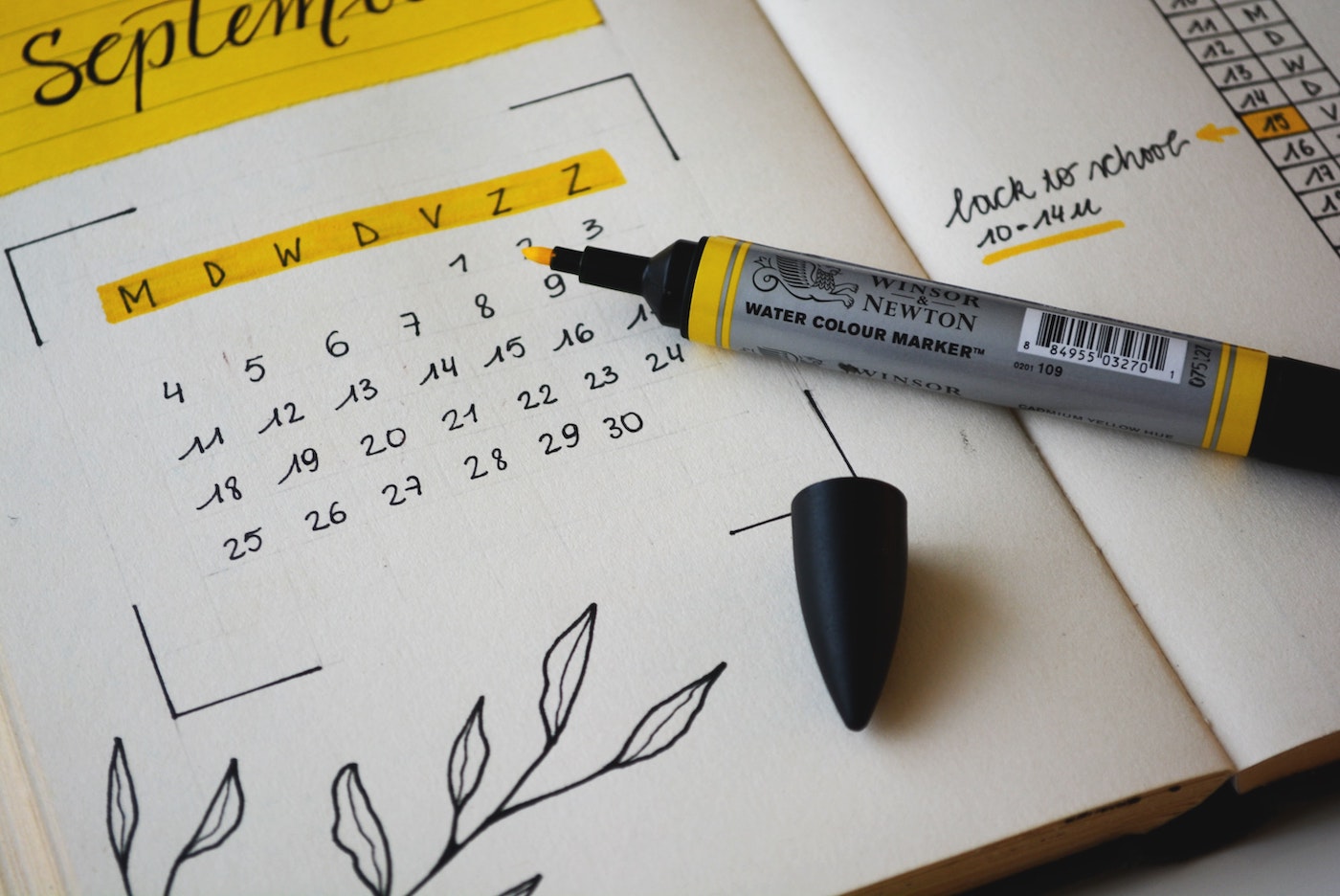There’s something magical about beginnings. They represent a clean slate and the opportunity to begin something new. Wrapped up in beginnings is the promise of happiness, growth, adventure. The blank canvas stretched out before us is exhilarating. Life is the canvas, and we are its artist. There is only hope, potential, and whatever we dare to dream.
For many of us, each new year marks this kind of beginning. We commit to new goals and a new way of being. Whether it’s a new career, fitness routine, financial strategy, or way of looking at ourselves or others, we see the beginning as an opportunity to move forward and to leave behind what limits us. We face the future with optimism and a can-do spirit.
But before long, the newness gives way to the sameness of the days that follow. It’s not easy holding on to that magical feeling. Days blend into weeks, weeks into months, months into years. Things that weren’t part of the plan pop up and throw us off course. As time goes on, we often find that we are sitting in the middle of the canvas…and we’re not even sure if we’re the artist anymore.
Is it possible we need to change the way we look at beginnings?
A New Look at Beginnings
A new year is exciting, but it’s just a way of keeping track of time and the seasons. We have one life broken down into an unknown number of years. Within each year, we have 12 months, 52 weeks, 365 days, and yes, 525,600 minutes. Why not look at each month, week, day, and minute as a beginning?
Here are three ways you can change the way you look at beginnings so you can experience the magic of beginnings all year long.
Break your Beginnings Down
Instead of relying on a new year as your primary catalyst for change, break your year into smaller chunks, and notice the number of fresh opportunities available to you all year long. Use a day timer or calendar and flip through the pages. What will you be doing in May? What will you have achieved by August? Who will you be in December? Viewing yourself in your future helps you appreciate all you can do in the now to achieve your vision. Consider the steps you can take to help you achieve your daily, weekly, monthly, and yearly vision.
 Humans are built for progress. We thrive on forward momentum. And this momentum results from the daily, weekly, and monthly rituals we develop that set us up for a year – and lifetime – of success.
Humans are built for progress. We thrive on forward momentum. And this momentum results from the daily, weekly, and monthly rituals we develop that set us up for a year – and lifetime – of success.
Look at each month as a new chapter. February is Chapter 2. What will this month’s chapter be called? How does the plot take shape? Who are the characters? How will the chapter end? What gets carried forward from Chapter 1? What plot twists take place? Then craft the details each week and each day – even each minute – to support the story you have mapped out.
Recognize Resistance to Change
There’s something that goes on beneath our conscious awareness as we navigate beginnings. It has to do with our hard-wired resistance to change.
As humans, we crave stability, and we fear uncertainty. This is because of our innate drive for survival. All beginnings represent some type of change. Which means all change – even positive change – represents a threat to our survival. Think about a time you faced a big change – a new house, car, family, job, or relationship. Even as you moved forward, there was a nagging, underlying fear, or a moment of panic. You may have even asked yourself if you should stay where you are – safe, secure, and risk-free.
This is a normal and healthy reaction to change. It means you are concerned about survival and well-being. It also means you are taking risks and processing all that the change means in your life. Your resistance is the part of you that wants to keep you safe. That’s OK. Acknowledge it, and honor it. But also acknowledge and honor the part of you that wants to help you grow and spread your wings.
Courage isn’t the absence of fear. It’s feeling the fear and moving forward anyway. Recognize your resistance to change, and push through it.
Turn Threats into Opportunities
When we perceive change as a threat, it can lead to distress because we don’t believe we can navigate the change. This distress often shows up as physical symptoms (headaches, appetite issues, high blood pressure, etc.) and psychological symptoms (fear, negativity, frustration, anger, and shutting down). To alleviate the distress, we often turn to self-sabotaging behaviors or anything that is old, comfortable, and familiar. It’s our way of avoiding the new circumstances that cause us anxiety. When we are in this mode, the canvas doesn’t look blank and full of possibility. The canvas looks blank and scary.
When we experience change as a challenge, we are more likely to experience eustress (i.e., positive, beneficial stress) because we believe we are capable of navigating the change. Eustress is motivating, exciting, and productive. It leads to behaviors that propel us forward. We know that no matter how unknown the territory may be, we have everything we need to find our way. We expect setbacks and obstacles, but we believe in our resourcefulness to meet the challenges that lie ahead.
The Delight of Untapped Possibility
I was recently struck by a simple statement by Joanna Gaines, former co-star of Fixer Upper, in her Winter 2020 edition of Magnolia magazine. In talking about beginnings, she said, “I never tire of that first-time feeling – the delight of untapped possibility.”
As you face the open expanse of days, weeks, and months ahead, I wish you the delight of untapped possibility. Don’t let a date on the calendar tell you it’s too late or that you’ve already blown it. Don’t wait for Monday morning, or June 1st. See all the beginnings in your day, week, month, and year. Today truly is the first day of the rest of your life. If that’s not magical, I don’t know what is.

